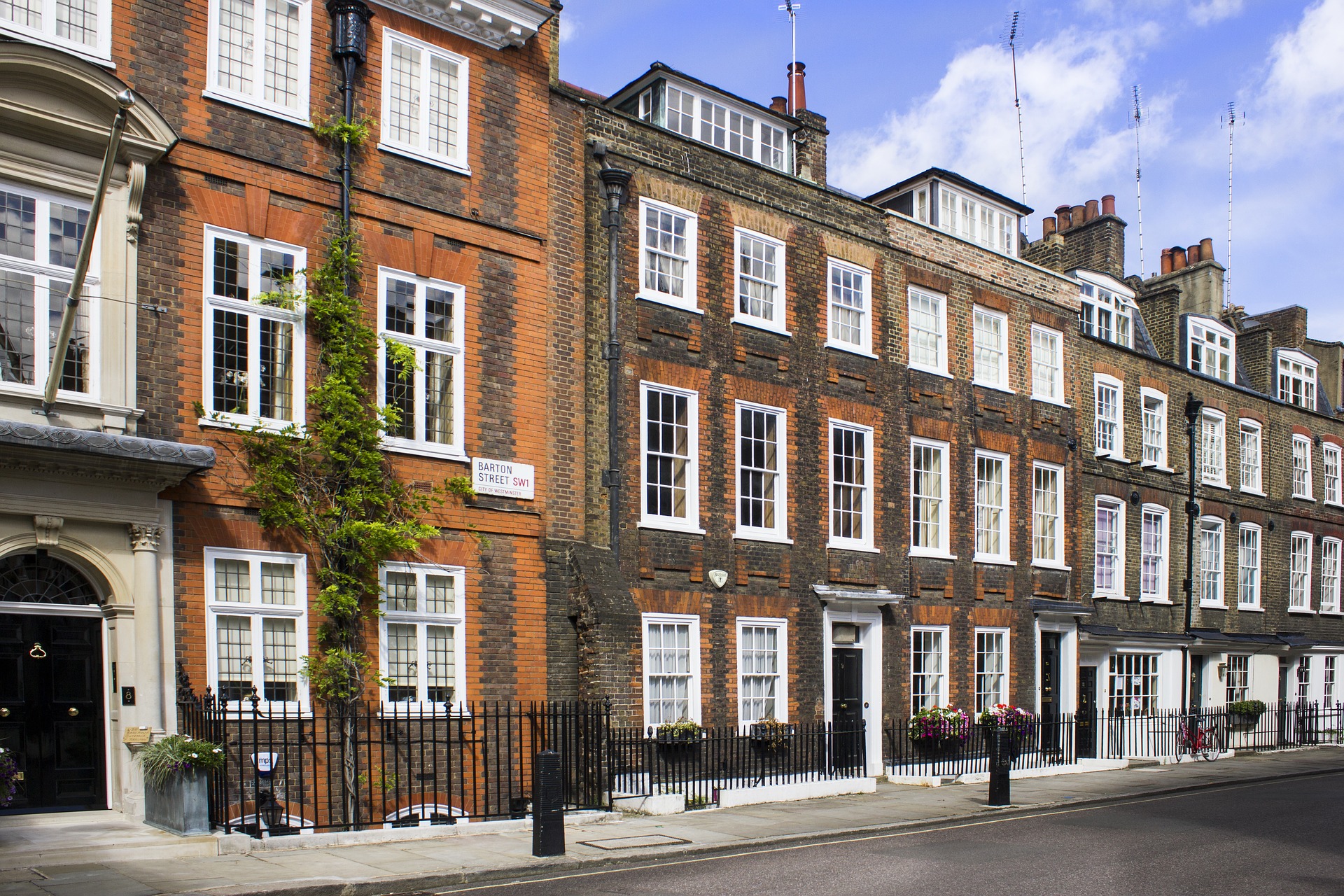The last few years have been far from predictable for the UK property market. With the impact of the COVID-19 pandemic, many experts were initially anticipating a property market crash but the property industry has thrived with property prices increasing steadily. The average house price increased by almost £34,000 since the start of the pandemic and now stands at a record £276,091 as of December 2021 (source: Halifax).
Initiatives such as the stamp duty tax holiday and the 5% deposit mortgage scheme have helped to keep the property market buoyant. However, the outlook for 2022 could be heavily affected by rising inflation and many experts are expecting a slowdown in house price increases. The end of the stamp duty holiday is predicted to have a significant impact on the numbers of sales in 2022 compared to 2021.
The Bank of England raised interest rates in December 2021 for the first time since the pandemic began, and further increases are likely to follow in the coming months; which will mean that the record low mortgage deals of 2021 will no longer be available and homeowners are therefore urged to remortgage sooner rather than later to fix on low rates.
Contact us today to speak with a specialist Commercial Finance Broker to discuss how we can assist you.
The ongoing impact of COVID-19 on the UK Property Market
Much like the COVID-19 pandemic, it is very difficult to predict what will happen in 2022. If new variants continue to appear then the property market will be affected by this. The uncertainty has resulted in some very mixed predictions from experts in the property industry.
Rightmove has forecast a 5% price increase in 2022, while Zoopla predicts 3% and Oxford Economics are warning of a 1.4% fall in prices.
Another consequence of COVID-19 is that it has influenced a change of trend in the desired property types and locations of where people are looking to buy property. After the first lockdown, there was a huge influx of searches for properties outside of cities, offering more space and local areas of beauty to enjoy.
There is still a high demand for these types of properties and there has also been a noticeable uplift in buying properties in the Northwest of England. The demand for homes is currently bigger than the number of available properties, so this may keep pushing property prices up in this part of the UK.
Seasonal changes to the Property Market
The seasonal pattern of the housing market is expected to continue as usual, with the typical lull in the lead up to Christmas and New Year followed by a surge of people looking to buy property in spring.
A survey conducted by Zoopla revealed that around a fifth of homeowners are eager to move house due to the pandemic, so it is unlikely that it will be a quiet year, but the general consensus is that it will not be as busy as 2021.
Outlook for First-time Buyers
First-time buyers have generally struggled in recent years due to rising house prices and the requirement to save up a large deposit. In 2022, the government’s 5% deposit scheme will help many first-time buyers to afford a property, but the increasing interest rates will price some people out of getting on the property market.
Read about the UK Housing Market via our Specialist Residential & Buy to Let Division
2022 Outlook for Property Investors & Landlords
Many Buy to Let landlords have enjoyed the benefits of the huge price growth in the last 12 months, helping to raise the value of their portfolio or make quick profits by buying and selling a property a year later. In 2022, the predicted slowdown of price increases will mean that most Landlords & Property Investors and will not make as much equity in the property they buy over the next 12-month period.
In recent years, rents have been increasing and hit a 13-year high due to the high demand for rental properties and a low number of available properties. Until this imbalance is addressed, it is likely that high rents will continue.
For foreign & overseas Property Investors, the increase in tax may put some investors off, but the huge rental demand in the UK and relatively low interest rates for mortgages ensure that the UK is still one of the best places to invest when considering other options globally.
Another factor to consider for investors is the increasing requirement for UK holiday accommodation, with travel restrictions continuing and many people not wanting to risk booking a foreign holiday due to all the additional paperwork and costs this currently incurs.
People investing in holiday accommodation such as Lodges in the countryside or Apartments in coastal areas are able to charge large rents. Places like Cornwall, Wales, Scotland and the Lake District are in high demand with holidaymakers, so this type of investment should be highly profitable over the next few years.
Property Investors who can find properties in hotspots where prices are expected to continue rising or highly in demand holiday locations stand to do well, despite the predicted slowdown in price increases.
Get in Touch
If you are considering buying a new home, investing in a new UK property or even remortgaging your existing finance arrangements in 2022 to enable you to start saving money on your monthly mortgage costs, speak with us today for free and independent mortgage advice. Call us now on 03303 112 646. Alternatively, you can complete this short online form now to request a call back from one of our Team of highly experienced and CeMAP Qualified Mortgage Advisors who will gladly assist you with all your mortgage and commercial finance needs.
Discover our Commercial Mortgage Broker services.








